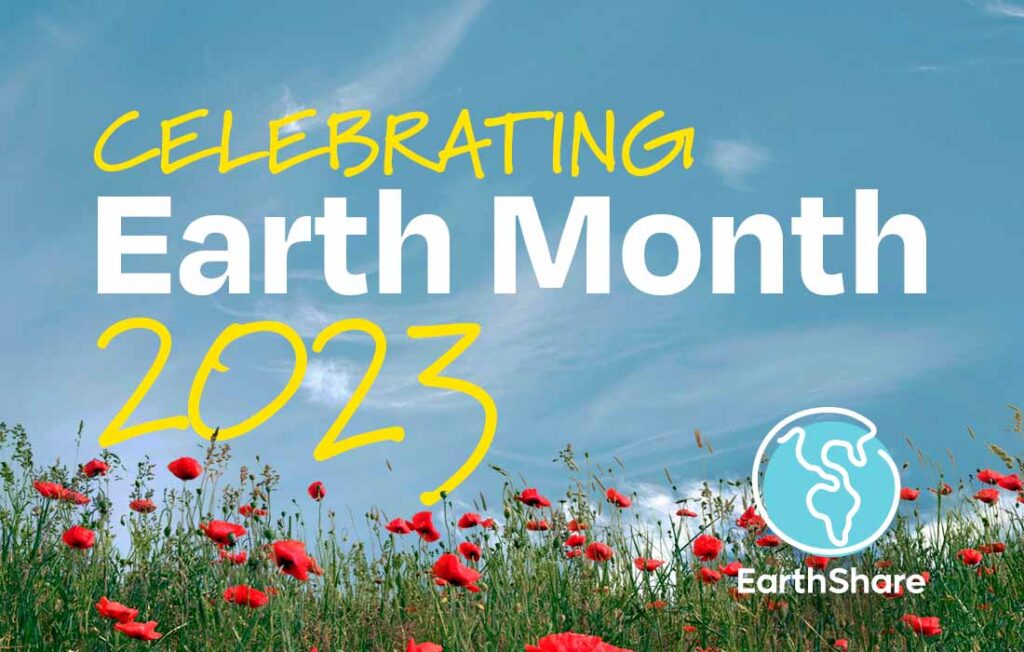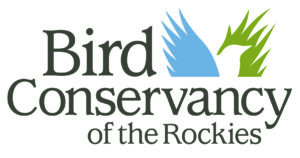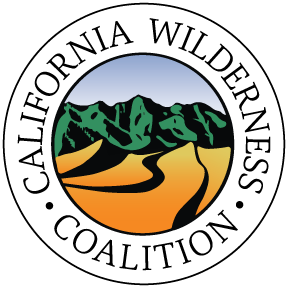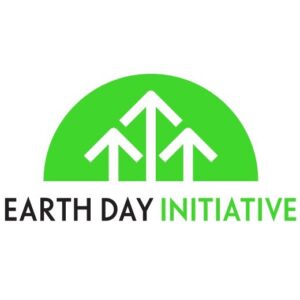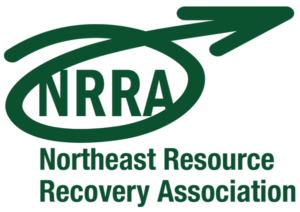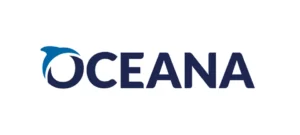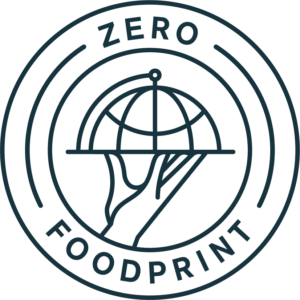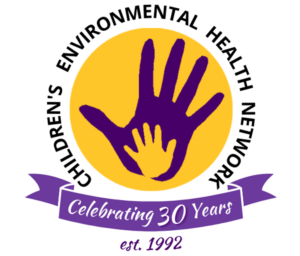It isn’t a unique observation that the internet can feel like an abundance of bad news. We all know it; we all see it. With so much bad news out there, the impulse to throw in the towel can be strong. That’s why we have to remember to celebrate the good—the remarkable things about our planet and the relentless work being done to protect it. To help bring some of this good to light, we spoke with Nonprofit Partners throughout the EarthShare network to discuss what we love about the planet and what amazing, positive, and hope-fueling work is being done to ensure a safe, healthy, just, and sustainable tomorrow.
Question: What is your favorite fact about our planet?
It’s our experience that the more we know about our planet, the more there is to love! So, we asked our nonprofit partners to send us their favorite environmental facts—the weird, the creepy, the amazing, the awe-inspiring… and boy did they deliver!
Question: What is the #1 thing you want people to know about your nonprofit?
EarthShare is home to a network of nearly 500 environmental nonprofits across the U.S. and around the world. Many of our organizations are local, serving communities just like yours to help create a sustainable future for everyone. We asked a few of our nonprofit partners to introduce themselves so you can get to know them and the work they do.
Question: What is your organization's biggest environmental goal?
And, finally, we’re wrapping up today’s questions with an exciting one—what’s next? These days, looking to the future of the environment can feel overwhelming, even frightening. But the dedicated organizations in our Nonprofit Network are working every day to create a healthier and more sustainable tomorrow. We asked them to describe their goals for the future and what a “better tomorrow” looks like for us all.
Thanks a Bunch!
A big thank you to the following nonprofits for talking with us and helping us celebrate Earth Month. Learn more about these organizations and the incredible work they’re doing to care for our planet!
